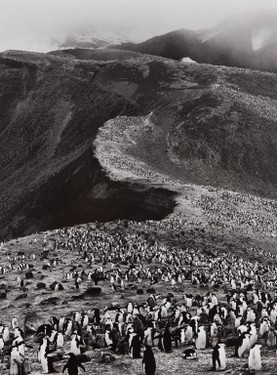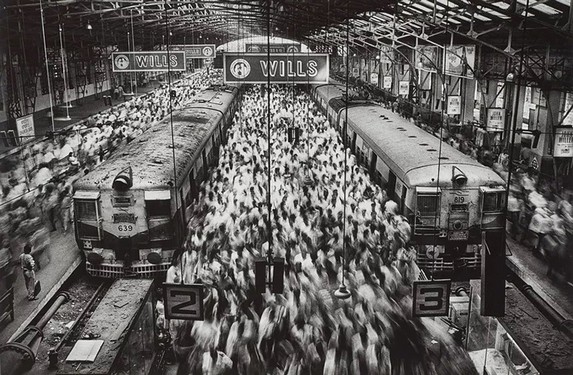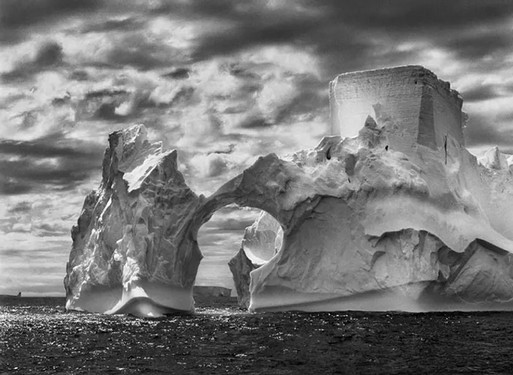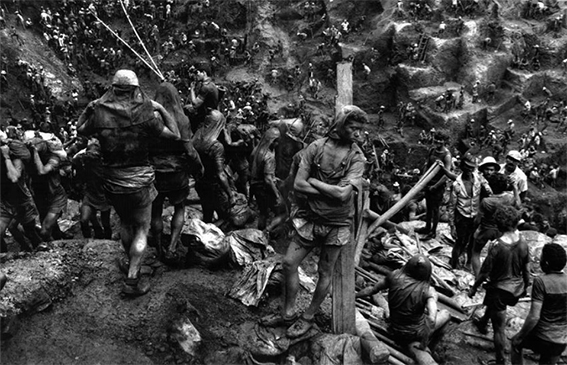Sebastião Salgado
Sebastião Salgado, in full Sebastião Ribeiro Salgado, (born February 8, 1944, Aimorés, Brazil), Brazilian photojournalist whose work powerfully expresses the suffering of the homeless and downtrodden. Salgado was the only son of a cattle rancher who wanted him to become a lawyer. Instead, he studied economics at São Paulo University, earning a master’s degree in 1968. While working as an economist for the Ministry of Finance (1968–69), he joined the popular movement against Brazil’s military government. Seen as a political radical, Salgado was exiled in August 1969. He and his wife fled to France, where he continued his studies at the University of Paris. In 1971, while on an assignment in Rwanda as an economist for the International Coffee Organization, he took his first photographs and soon decided to teach himself the craft. He became a freelance photojournalist in 1973. Over the next decade Salgado photographed a wide variety of subjects, including the famine in Niger and the civil war in Mozambique. In 1979 he joined the prestigious Magnum Photos cooperative for photojournalists, and two years later he gained prominence in the United States with a riveting photograph that captured John Hinckley’s attempt to assassinate President Ronald Reagan. By the mid-1980s Salgado had begun to devote himself almost entirely to long-term projects that told a story through a series of images. By this time he also established his style: impassioned photographs grounded in great formal beauty and strong compositions, which lend a sense of nobility to his often downtrodden subjects. He won the City of Paris/Kodak Award for his first photographic book, Other Americas (1986), which recorded the everyday lives of Latin American peasants. This was followed by Sahel: Man in Distress (1986), a book on the 1984–85 famine in the Sahel region of Africa, and An Uncertain Grace (1990), which included a remarkable group of photographs of mud-covered workers at the Serra Pelada gold mine in Brazil. In 1993 Salgado’s international reputation was confirmed when his retrospective exhibition “In Human Effort” was shown at the Tokyo National Museum of Modern Art; it was the first time in the history of Japan’s national museums that the works of an individual photographer were displayed. That same year he published Workers, an epic portrait of the working class. Four years later Terra: Struggle of the Landless received tremendous critical acclaim. The collection of black-and-white photographs taken between 1980 and 1996 documents the plight of impoverished workers in Brazil; the work includes a preface by Portuguese novelist José Saramago as well as poems by Brazilian singer-songwriter Chico Buarque. In the 1990s Salgado recorded the displacement of people in more than 35 countries, and his photographs from this period were collected in Migrations: Humanity in Transition (2000). Many of his African photographs were gathered in Africa (2007). Genesis (2013) assembled the results of an eight-year global survey of wildlife, landscape, and human cultures uncorrupted by the onslaught of modernity and industrialization. Other publications included Kuwait: A Desert on Fire (2016), Gold (2019), and Amazônia (2021). In 1998 Salgado and his wife, Lélia Wanick Salgado, helped to found the Instituto Terra, a project that endeavoured to restore a degraded portion of rainforest in Minas Gerais, Brazil. He was the subject of Wim Wenders’s documentary The Salt of the Earth (2015). In 2021 Salgado was awarded the prestigious Praemium Imperiale by the Japan Art Association.
from Enciclopedia Britannica
+ 01. Chinstrap Penguins (Pygoscelis Antarctica), Deception Island, Antarctica, 2005
+ 02. Churchgate Station, Bombay, India, 1995
+ 03. Iceberg between the Paulet Island and the South Shetland Islands, 2005
+ 04. Serra Pelada Gold Mine, Brazil (Man Against Post), 1986





